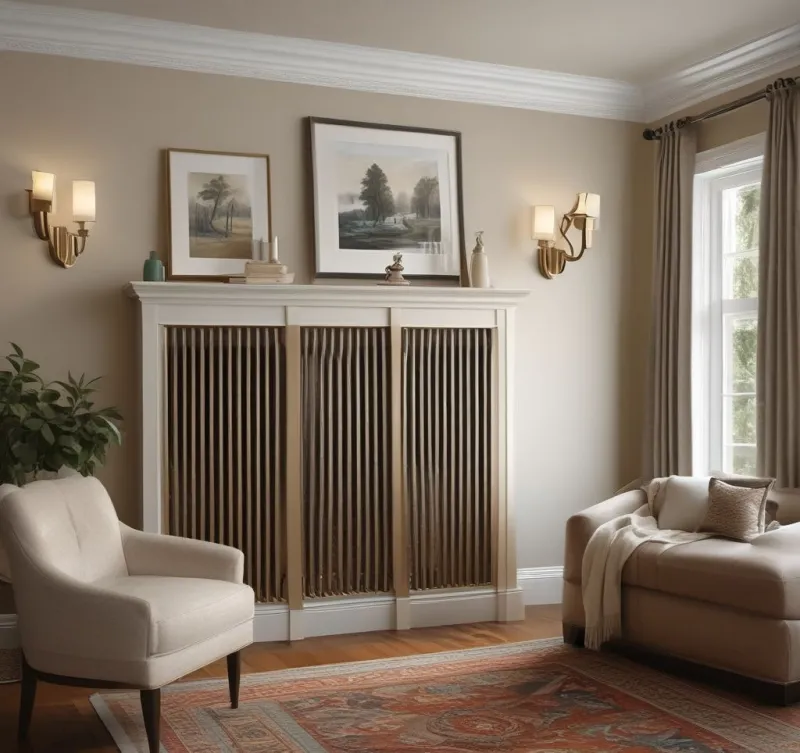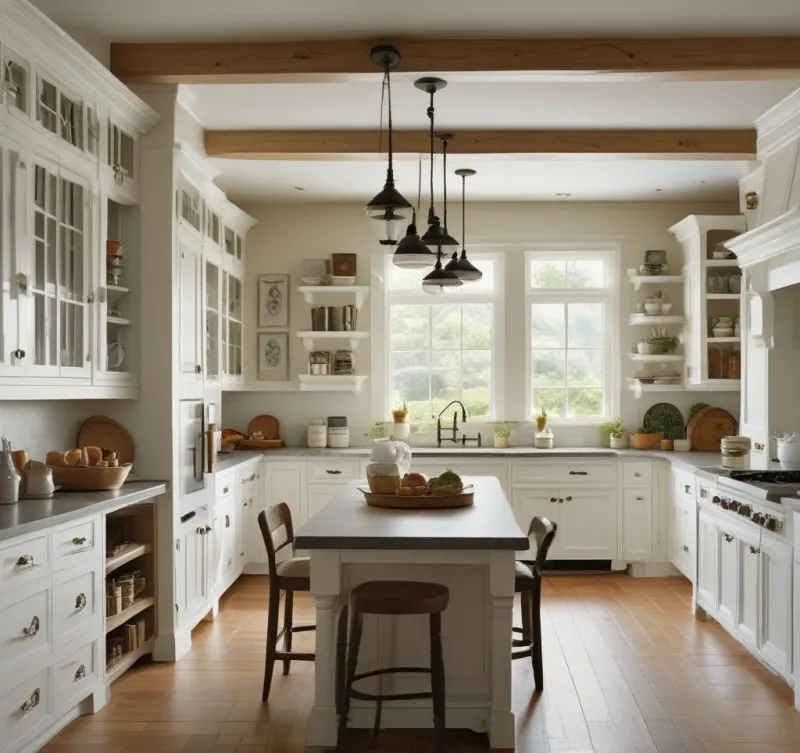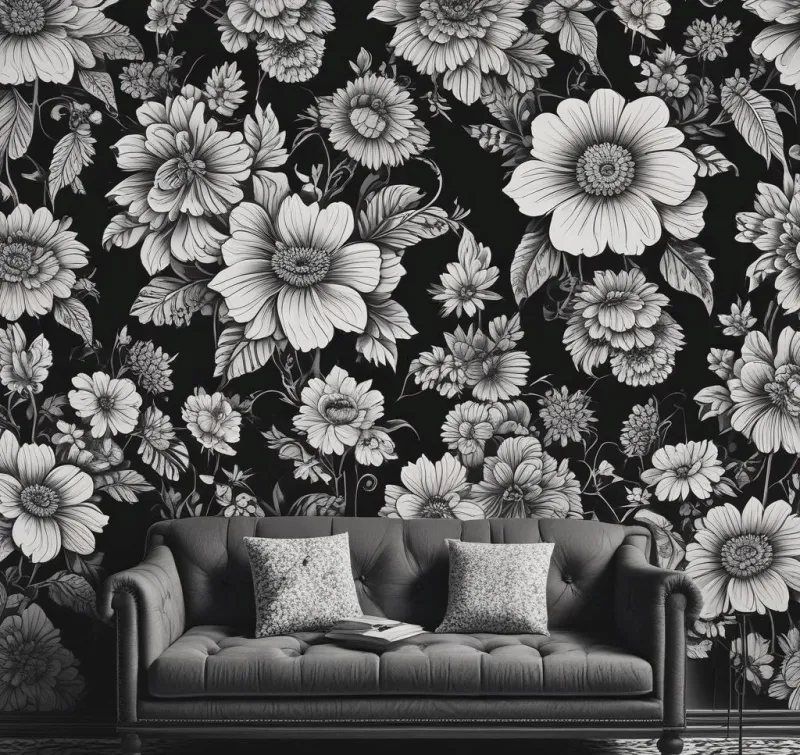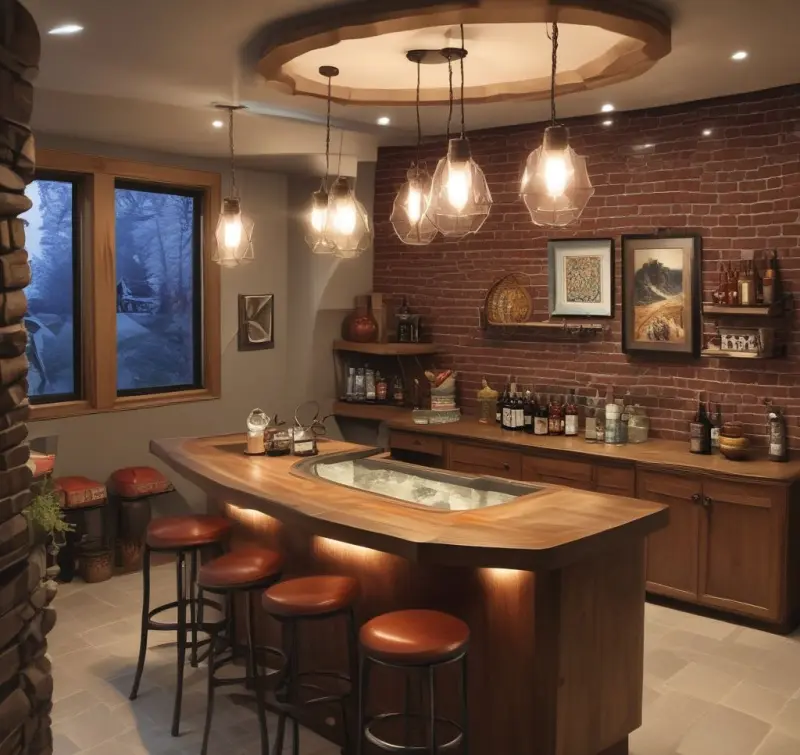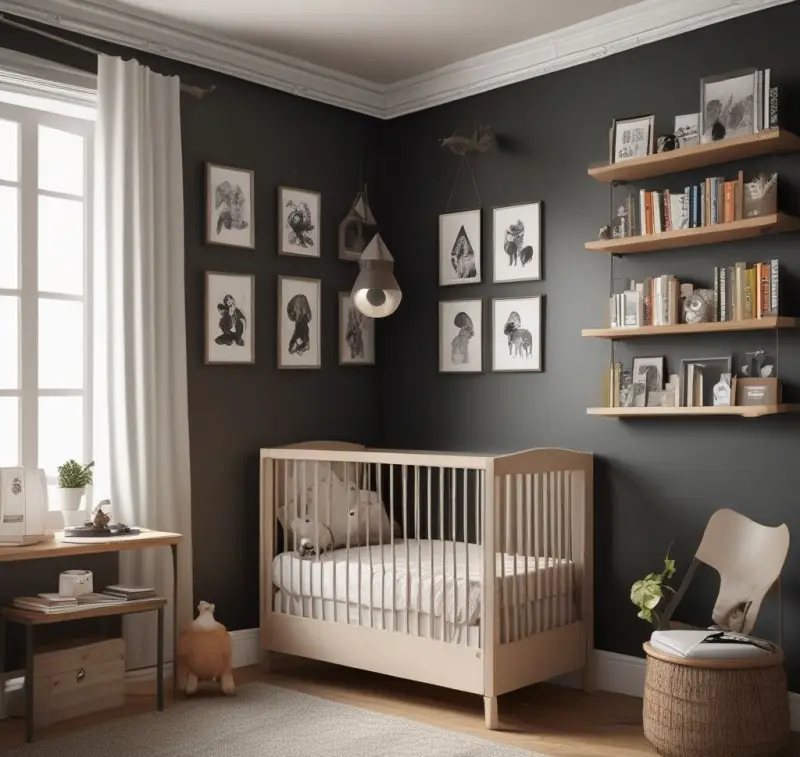Water heaters are necessary but let’s be honest—they’re not exactly visual candy for your home design.
I recall bringing prospective buyers through my first house and dreading every time we passed that big, industrial-looking tank sitting conspicuously in the hallway closet.
It was like having a gigantic metal elephant in the room that yelled “utility zone!” instead of “welcome home.”
Whether you’re attempting to wow visitors, create a more professional appearance, or just recover some visual serenity in your living area, concealing your water heater doesn’t have to be complex.
With enough imagination and forethought, you can change that eyesore into something that merges effortlessly with your home’s décor.
6 Smart Solutions for Concealing Your Water Heater
1. Start With Strategic Planning and Measurements
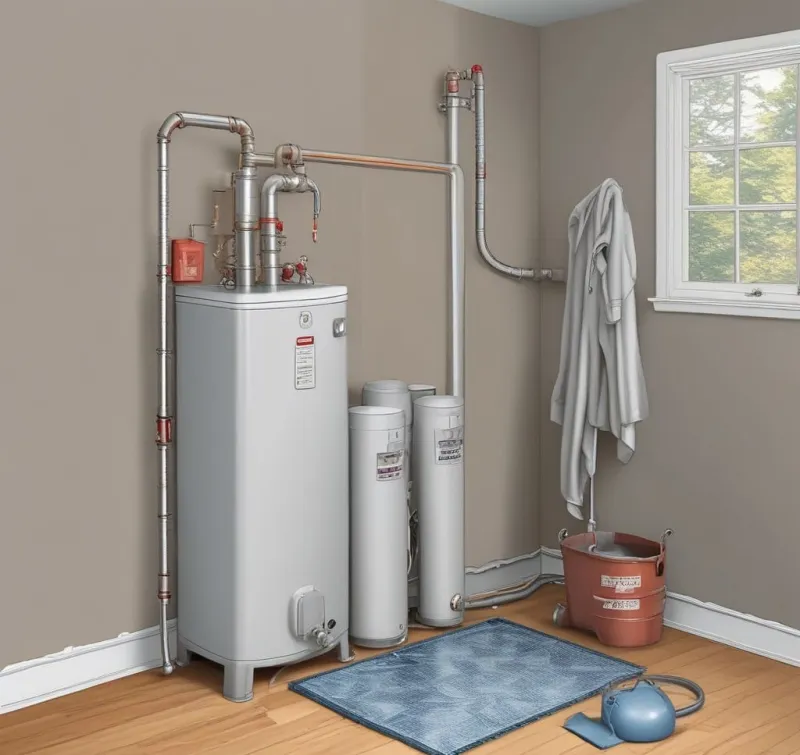
Before you start into any concealment project, get your measuring tape and notepad.
You’ll need to know just how much room your water heater takes, including clearance for ventilation and maintenance access.
Most units require at least 6 inches of room around the sides and 18 inches at the top for adequate ventilation.
Don’t forget about those annoying pipes and electrical connections—they require space too! I learnt this lesson the hard way when my grandiose cabinet project had to be totally redone since I forgot about the relief valve.
Check your local construction regulations as well, because some places have unique restrictions for water heater enclosures.
This forward preparation protects you from expensive errors later.
2. Transform a Utility Closet Into a Hidden Haven
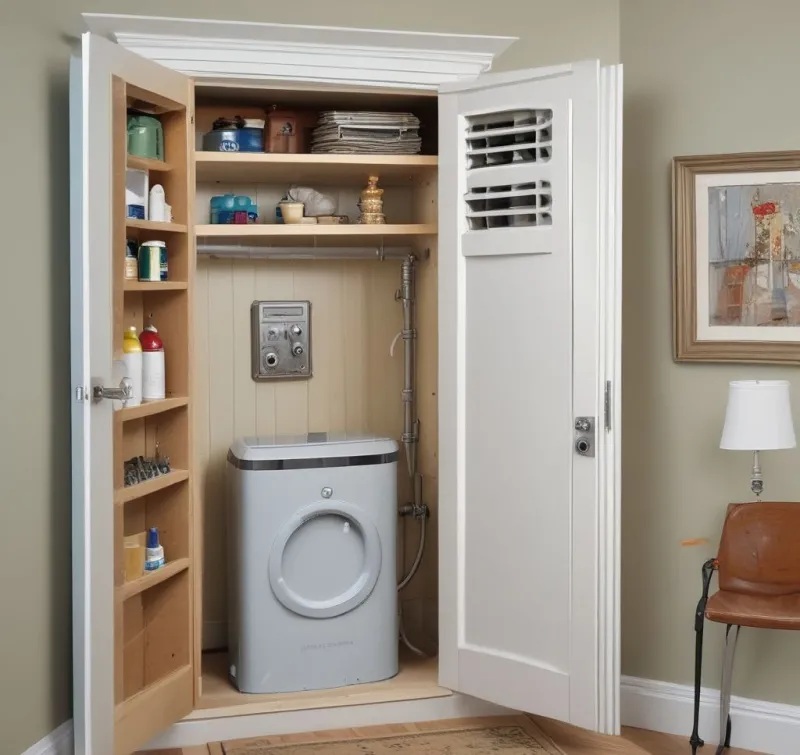
Converting or building a dedicated closet is perhaps the most common solution to conceal a water heater, and for good reason.
You may install louvered doors or add ventilation grilles to guarantee optimum airflow while keeping everything hidden away.
Consider putting some wire shelves above the cabinet for added storage—just make sure to allow that important top clearance area.
The benefit of this solution is that you can match the closet door to your existing trim and paint, making it nearly inconspicuous.
If you’re creating a new closet, consider about placing a light inside so maintenance visits don’t need a flashlight adventure into the dark depths of your utility area.
3. Create a Built-In Wall Enclosure
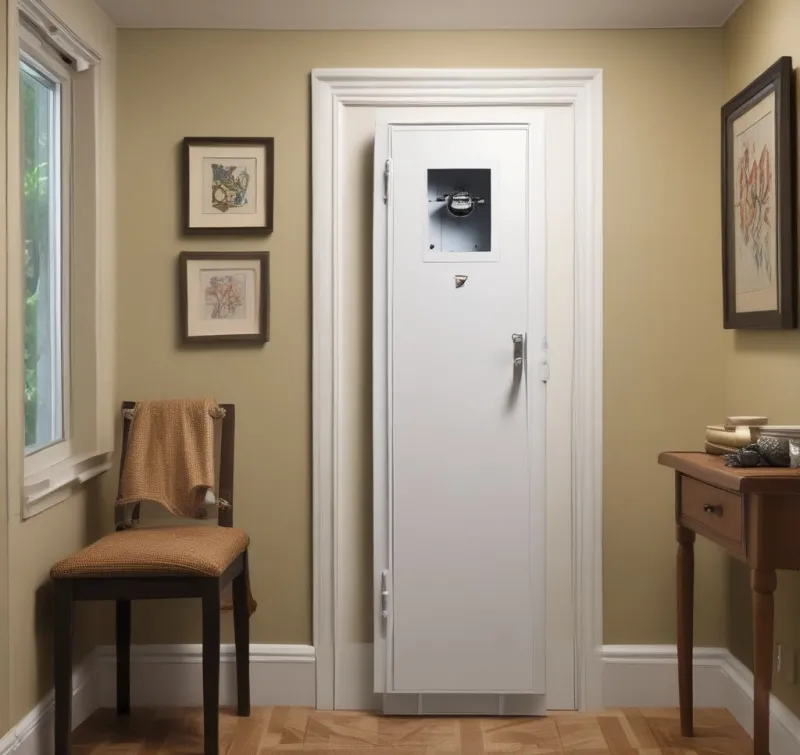
For those with some DIY abilities, putting the water heater directly into a wall cavity may provide an amazingly clean appearance.
This works particularly well in basements or utility rooms where you have freedom with wall layout.
You’ll want to frame out the area with optimum ventilation in mind, then finish it with drywall and paint to match the surrounding walls.
A simple hinged panel or cabinet door allows access as required.
This strategy works best during new construction or big renovations, but don’t let that stop you from exploring it for your next home improvement job.
The perfect integration enables your water heater totally vanish from view.
4. Consider an Outdoor Installation Solution
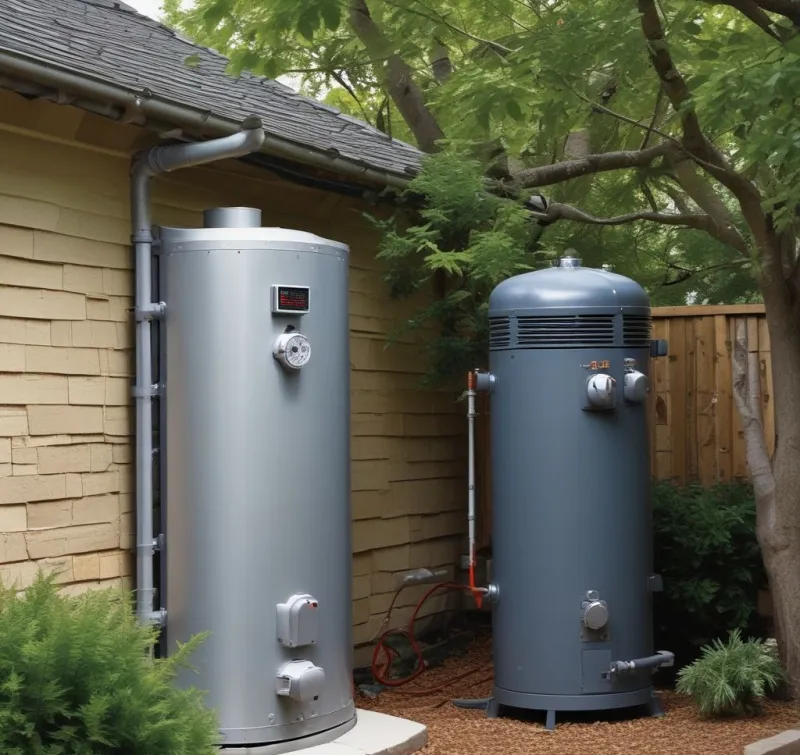
Moving your water heater outdoors may seem ridiculous, but it’s really a terrific alternative in moderate areas.
You’ll need a weatherproof enclosure and potentially some insulation, but the advantages are huge—you recapture internal space and remove the concealment difficulty completely.
Outdoor units do need unique considerations like freeze protection and sufficient ventilation, so certainly contact with a competent plumber first.
Some homeowners install elegant outdoor utility sheds that hold several equipment including the water heater.
Just remember that exterior installations may require permits and must conform with local rules, so do your study before making this step.
5. Install Decorative Screens or Room Dividers
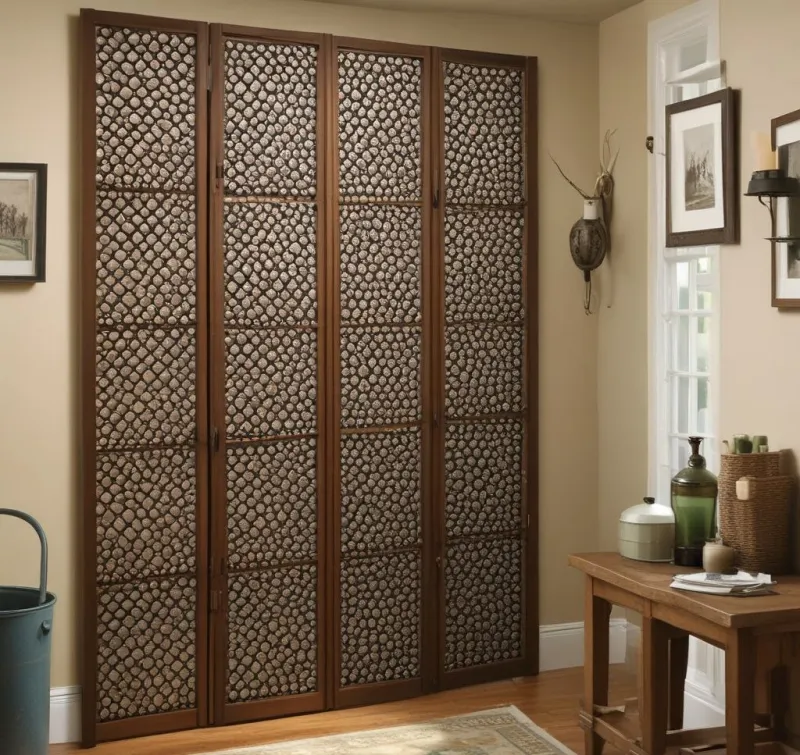
Sometimes the simplest answers are the most effective.
A well-placed folding screen, attractive room divider, or even a tastefully hung curtain may work wonders for covering an awkwardly situated water heater.
Pegboard screens are especially ingenious since they give cover while allowing ventilation, plus you can hang tools or supplies on them for extra usefulness.
Fabric screens or curtains work nicely in laundry rooms if the softer style matches the space’s function.
The issue is picking something that matches your current design rather than seeming like an apparent cover-up job.
These portable solutions are also renter-friendly as they don’t need permanent alterations.
6. Upgrade to a Space-Saving Tankless System
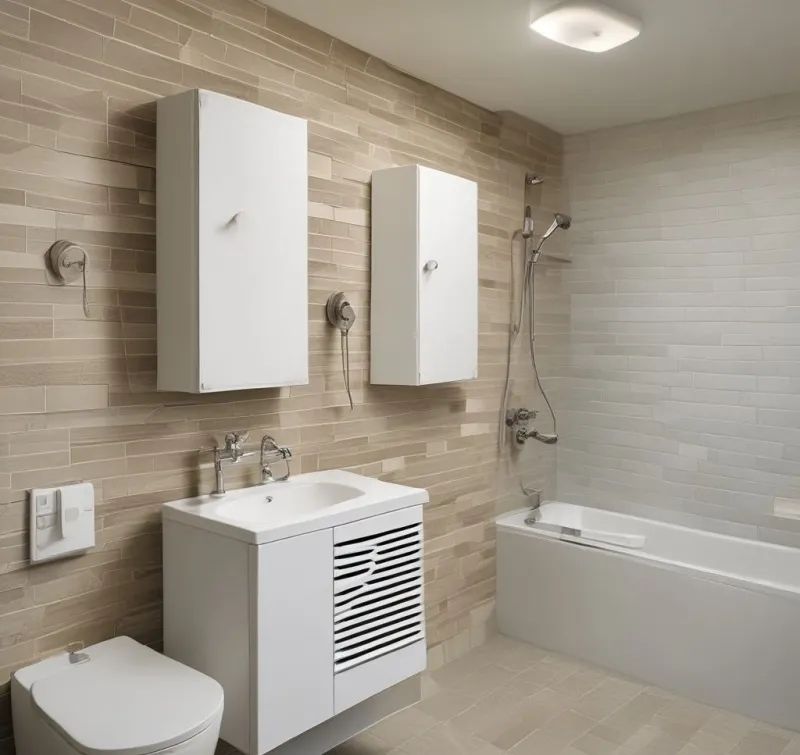
Here’s where I wish I’d been wiser from the beginning—tankless water heaters are so much simpler to conceal!
These tiny containers may mount on walls, fit in small cupboards, or tuck into areas where standard tanks would never work.
Yes, they normally cost more initially, but the space-saving advantages are remarkable.
You may place them in subterranean areas, tiny closets, or even outdoors with the correct enclosure.
Many people put them in garages or basements where they’re entirely out of sight.
The installation normally takes some plumbing and electrical work, so consider in expert fees, but the long-term advantages of unlimited hot water and little cosmetic effect make it beneficial for many families.
Frequently Asked Questions
Can I totally encapsulate my water heater in a cabinet?
Not completely—water heaters require appropriate airflow to work properly. You must integrate ventilation grilles or louvered panels in your enclosure design.
Most construction rules demand precise clearances around the unit, so verify local restrictions before constructing anything permanent.
Is it okay to place decorations on top of my water heater?
Absolutely not. The top of your water heater has to stay free for adequate ventilation and access to the relief valve.
Storing goods there increases fire concerns and may interfere with safe functioning. Keep that slot entirely open.
How much clearance space does my water heater truly need?
Generally, you need 6 inches on both sides and 18 inches above the unit, but verify your individual model’s specifications in the handbook.
Gas units may require considerably more area for optimal combustion air. When in doubt, give it more space rather than less.
Can I paint my water heater to make it blend in?
You may paint the outside with heat-resistant paint, but avoid painting any warning labels, model numbers, or the temperature relief valve.
Choose light colors that won’t absorb too much heat, and make sure the paint is suitable for metal surfaces and high temperatures.
Do I need permissions to conceal my water heater?
It depends on your local construction rules and the sort of concealment you’re considering.
Simple screens or drapes often don’t need permissions, but built-in enclosures, outside installations, or relocating the device usually must. Always check with your local building department first.
Wrapping Up Your Water Heater Hiding Project
Hiding your water heater doesn’t have to be a large construction effort or break your budget.
Whether you pick a basic screen solution or opt to invest in a sleek tankless update, the key is combining aesthetics with safety and accessibility.
Remember that maintenance access is crucial—you don’t want to create a gorgeous hiding location that becomes a hassle when your plumber wants to operate on the unit.
Take your time with planning, emphasize appropriate ventilation, and don’t be hesitant to contact specialists when required.
Your future self will appreciate you for creating a more polished, structured home environment where every piece has its appropriate place.

